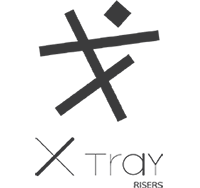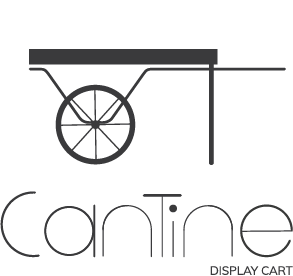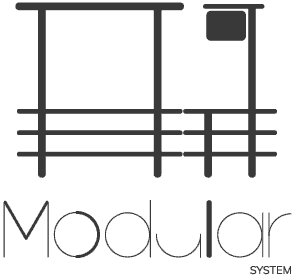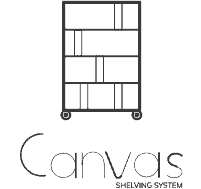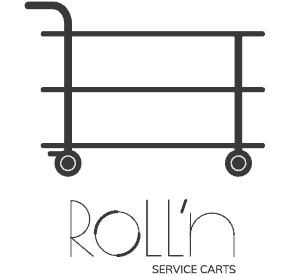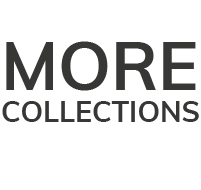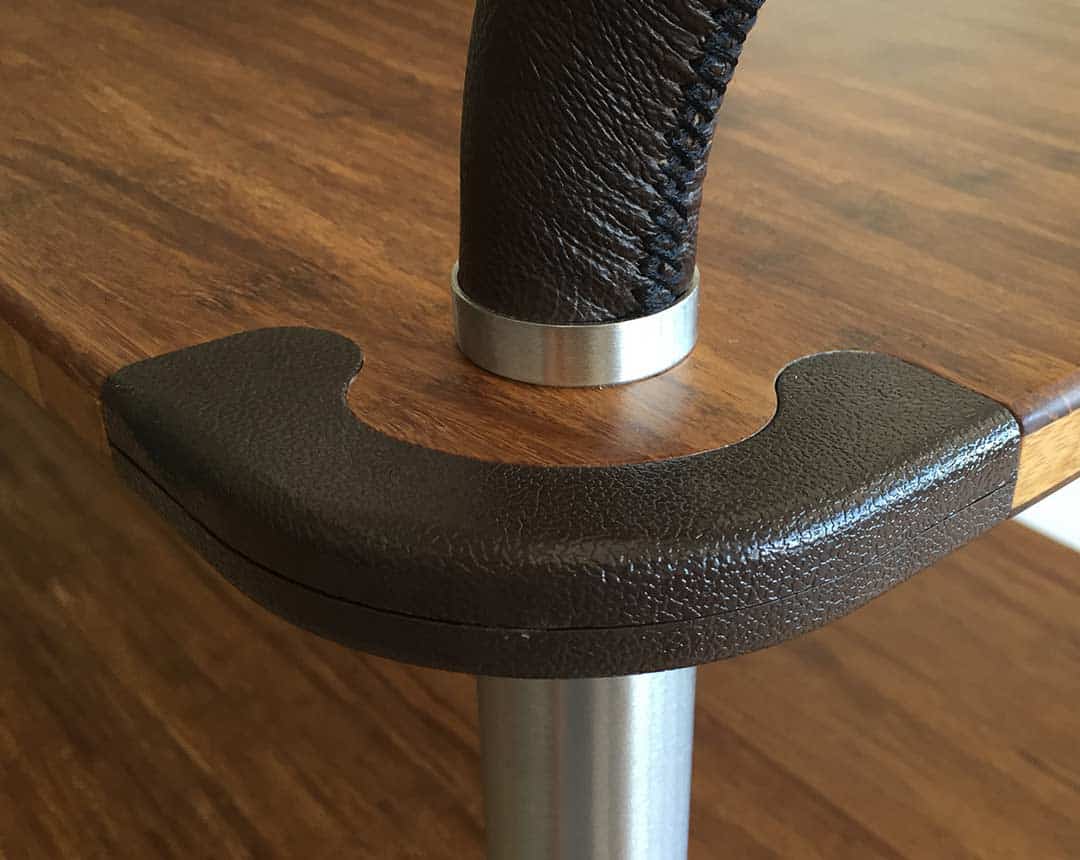
Delivering the right products for your customers is an unending challenge for any organization. The process of uncovering ideas and turning them into tangible products is a difficult task, as ultimately you want to create a product that creates value or meets an obvious need. As a customer-centric company today, questions abound. Is there a right way to design and develop a product? Are we just guessing what our customers want, or can we lead the way and create the need for customers ourselves?
One of the best examples of this type of thinking is the story of 3M and the ‘post-it’ note. Today the post-it note is one of the leading office supply products in the world. But as one of its creators said, it was a product nobody thought they needed…until they did!
Whether it’s taking the pulse of customer satisfaction, finding new and innovative ways to improve your product or service, or forecasting the future to understand what will best deliver your products’ success into the future…there a variety of tactics and strategies you can choose when designing your products.
In this article, we’ll explore all of these approaches, and debate the pros and cons of each.
1. Listening to Your Marketing Department
A traditional method for companies looking to create better product designs is to listen to their marketing department. But while marketing is a vital part of any company, is this really the best approach? While ideas such as a sponsorship or new logo can be effective, my belief and experience is that this kind of approach doesn’t always connect with the market, and doesn’t guarantee solving new problems.
A marketing team might look at trends and other factors, but may not dive deep enough into really understanding the industry and what customers want. For us, it’s more about knowing and understanding customers’ pains and dreams, and then translating that knowledge into a real product.
2. Copying Leading Companies, and the Need for Originality
In almost every industry, you see companies imitating one another. The problem is that many of the companies that imitate others don’t have a real strategy, nor do they invest in designers and innovations.
At Mogogo however, one of the tenants to our success is originality. Imitating others is an easy way to save money, and in the end everyone may have a similar product. What separates you from the pack is when you have the original ‘DNA’ of a product. When you don’t have that, you don’t have the spirit or the depth and creativity of the other brand. It’s like looking at a great dish in a restaurant and trying to do the same, but without having any knowledge of the inspiration and vision that made it happen.
3. Listening to Your Customers
Any level of success as an organization requires listening to your customers. Because in the end, who better than your customers to tell you what they really need? It helps you get closer to the market, and gather important feedback from the people that actually use your products out in the field. One way we make this a priority is to have both our R&D and upper management teams go out to customers on a regular basis and talk to them about their challenges, and about how we can continually improve and design our products to make them better.
This kind of thinking is a big part of how we develop our products, and of how we succeed. A great example of this was at the recent NRA show, where we featured our bar collection, printed covers, and stainless steel tops – all of which were developed and enhanced exclusively from customer feedback. You told us what you wanted, and we responded: highly adaptable stations that could be used in a variety of ways, covers that can be printed on, and the ability to cook and prepare on more durable, convenient stainless steel tops.
4. Forecasting the Future
Ultimately, listening to your customers may only be effective as a short-term approach. For long-term success, foreseeing upcoming trends is what will truly set you apart. Creativity, persistence, and innovation are required to convince customers that they need something they’ve never used before.
Much of Steve Jobs’ and Apple’s success came from just that. It came not from asking clients what they wanted, but from developing products that nobody imagined or thought possible before.
At Mogogo, we try to do the same. One example of this is our Augmented Reality solution. We are the first in our industry to use Augmented Reality, giving our customers the ability to see and experience a live, direct view of our products in a vivid, powerful way.
We’ve always developed our products based on how we think the industry landscape will be in the future – whether it’s sustainability, adaptability, or other innovative concepts that haven’t been implemented before. We want to design our products not only for now, but for what we think our customers will need three, five, or even 10 years down the line.
A Final Note
There are many approaches that can lead you on the path to product success. As a growing company, we want to know…how do you design your products, and what do you feel is most effective? Is there a new idea for your banquet or food service station that you want to see? And are there other features or products that we can add to make our products better?
We want your feedback, because we know that understanding your challenges and desires is what will ultimately translate to our products’ success.
About Mogogo
Mogogo designs and develops food and beverage stations, and related accessories. We are committed to creating a paradigm shift in the way professionals imagine food service stations. We bring deep innovation, design thinking and lifestyle to the world of hospitality, which starts with functionality and ends with high quality design and user experience. The company, founded in 2009, distributes our products throughout North America.
For more on the many innovative solutions that Mogogo offers our clients, please contact us to schedule a demo.
